The buying second property market in Singapore is a complex ecosystem influenced by economic, social, and regulatory factors, driven by the city-state's global business and tourism hub status. With limited land and stringent government policies, investors face unique challenges and opportunities. Technological advancements have streamlined the process through digital platforms and tools, while a growing emphasis on sustainability has popularized eco-friendly properties. Demographic shifts, with younger generations entering the market, and innovative financing options further diversify the scene. The government plays a pivotal role in affordability and sustainable development through various schemes and incentives. Future trends include increased urban density and technological innovations, with remote work potentially attracting international buyers.
Singapore’s vibrant real estate market offers a unique opportunity for investors seeking second properties. As the city-state navigates changing demographics and government policies, understanding the latest trends is crucial. This article explores the future of buying second properties in Singapore, focusing on market dynamics, technological innovations like digital platforms, growing interest from eco-conscious buyers, shifting investor profiles, and policy incentives that shape this dynamic sector.
- Market Outlook: Understanding Singapore's Second Property Landscape
- Technological Advancements: Digital Platforms for Smarter Property Searches
- Sustainable Living: Eco-Friendly Options Gaining Traction in Singapore
- Changing Demographics: Who is Investing in Second Properties Now?
- Government Policies and Incentives: Impact on Second Homebuyers
- Future Predictions: Potential Trends Shaping the Market's Horizon
Market Outlook: Understanding Singapore's Second Property Landscape
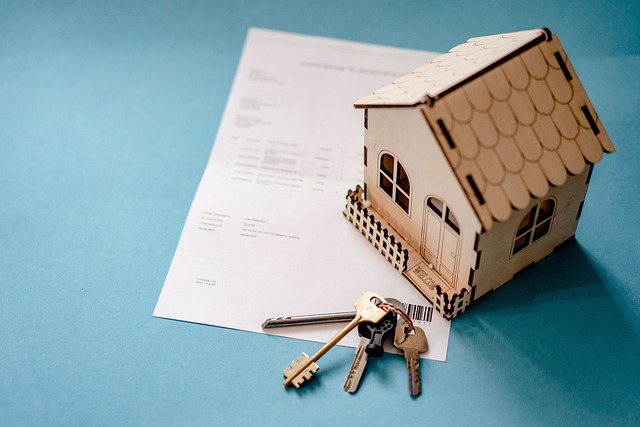
Singapore’s market for buying second properties is a dynamic and ever-evolving landscape, shaped by various economic, social, and regulatory factors. The country’s popularity as a global hub for business and tourism has fueled a steady demand for residential properties, including second homes. With a limited land area and stringent government policies, the second property market in Singapore presents unique opportunities and challenges for investors.
Understanding this landscape requires keeping pace with key trends such as rising property prices, increasing foreign investment, and government initiatives to cool down the market. The government’s role in managing housing affordability and ensuring sustainable development is crucial in shaping the second property buying experience. As a result, investors must stay informed about policy changes, market fluctuations, and emerging neighborhoods to make informed decisions when navigating the Buying Second Property In Singapore scene.
Technological Advancements: Digital Platforms for Smarter Property Searches
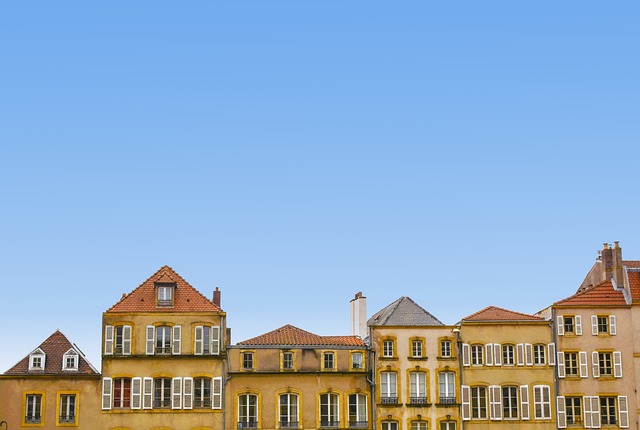
Technological advancements have revolutionized the way we approach buying a second property in Singapore. Digital platforms and online tools offer unprecedented convenience, allowing potential investors to conduct smarter property searches from the comfort of their homes. Real estate agencies now provide advanced search algorithms that cater to specific preferences, such as location, budget, and desired amenities. These platforms often include virtual tours, 3D models, and detailed property listings, giving buyers a comprehensive understanding of properties before even visiting them.
Moreover, digital tools facilitate seamless communication between buyers and sellers, streamlining the negotiation process. Online marketplaces also provide access to a broader range of options, including off-plan properties and exclusive developments, offering investors the chance to be part of Singapore’s ever-evolving real estate landscape.
Sustainable Living: Eco-Friendly Options Gaining Traction in Singapore

In recent years, Singapore has witnessed a growing emphasis on sustainable living, and this trend is set to shape the real estate market, including the buying of second properties. Eco-friendly options are gaining traction among both local and foreign investors who seek not just financial returns but also contribute to a greener future. The concept includes buildings designed with energy efficiency in mind, utilizing renewable sources and smart technologies to reduce carbon footprints. These sustainable developments often incorporate features such as green roofs, efficient lighting systems, rainwater harvesting, and high-performance insulation.
As Singapore continues its journey towards becoming a smart and green city-state, buyers of second properties should look out for these eco-friendly attributes. Investing in such assets not only aligns with global sustainability goals but also offers long-term financial benefits. With the government’s support and increasing public awareness, sustainable living is no longer a niche preference but a significant factor that influences real estate decisions, particularly for those considering buying a second property in Singapore.
Changing Demographics: Who is Investing in Second Properties Now?
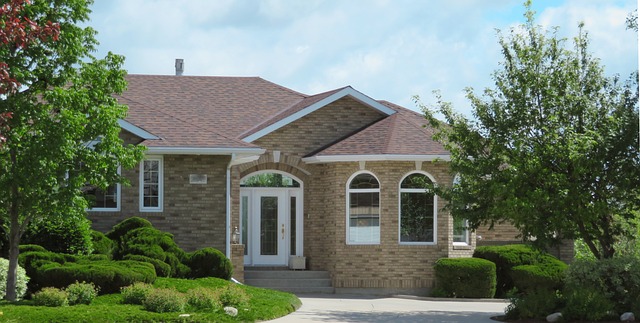
The landscape of property investment in Singapore is evolving, driven by a changing demographic and shifting buyer preferences. Younger generations, often dubbed “millennials” and Generation Z, are increasingly entering the market as both buyers and investors. This shift is partly due to growing financial stability and a desire for more diverse investment portfolios beyond traditional assets. With access to digital platforms and a better understanding of the real estate market, these new-age investors are making informed decisions about buying second properties in Singapore.
Traditional investor profiles, once dominated by older, established individuals, are now seeing competition from tech-savvy millennials who appreciate the potential of property as a long-term investment. They are drawn to the stability and tangible nature of real estate, especially in a vibrant city-state like Singapore with its thriving economy and robust property market. This demographic is often more open to exploring innovative financing options, such as joint ownership or creative leasing arrangements, further diversifying the buying second property in Singapore scene.
Government Policies and Incentives: Impact on Second Homebuyers
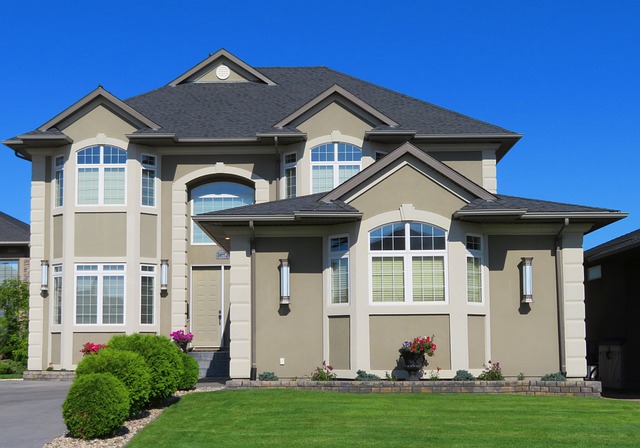
Singapore’s government policies and incentives play a significant role in shaping the landscape for buying a second property within the country. Over the years, various measures have been introduced to encourage homeownership while also ensuring market stability. For instance, the Housing & Development Board (HDB) offers schemes like the Second Home Scheme, allowing citizens and permanent residents to purchase a second residential property at a discounted price. These policies aim to provide affordable housing options for those seeking additional living spaces or investment opportunities.
Additionally, tax incentives and grants are sometimes available for first-time buyers of second properties, making the process more accessible. The government’s careful navigation between promoting homeownership and controlling the real estate market influences the overall experience of second property buyers in Singapore. As such, staying informed about these policies is crucial for anyone considering their options in the Buying Second Property In Singapore market.
Future Predictions: Potential Trends Shaping the Market's Horizon
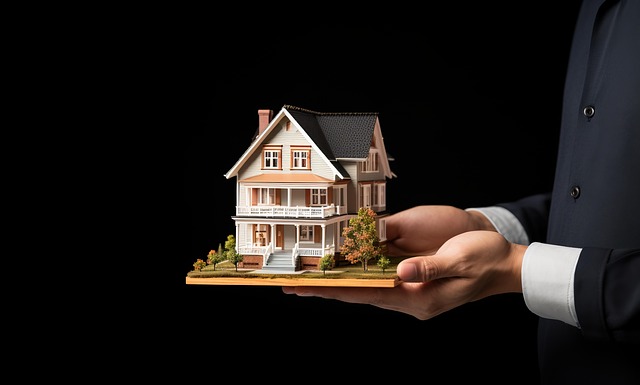
As Singapore continues to evolve, several future predictions suggest trends that could shape the buying landscape for second properties. The increasing demand for urban living and compact spaces is expected to drive the market, with more buyers seeking smaller, well-located properties. This shift in preference aligns with Singapore’s focus on sustainable development, encouraging a denser population in designated areas.
Technological advancements will also play a significant role in how people buy second properties. Virtual tours, 3D visualizations, and online platforms are set to enhance the home-buying experience, making it more accessible and efficient. Additionally, remote work trends might encourage buyers from other countries to consider Singapore as an investment opportunity, further diversifying the market for buying second properties.
The future of buying second properties in Singapore looks bright, with technological innovations like digital platforms simplifying property searches and government policies fostering a favorable environment. Demographic shifts towards younger, tech-savvy investors further enhance the market’s potential. As sustainability becomes a priority, eco-friendly options are expected to gain traction, appealing to environmentally conscious buyers. By staying informed about these trends, prospective second homeowners can make strategic decisions in Singapore’s dynamic real estate landscape.
